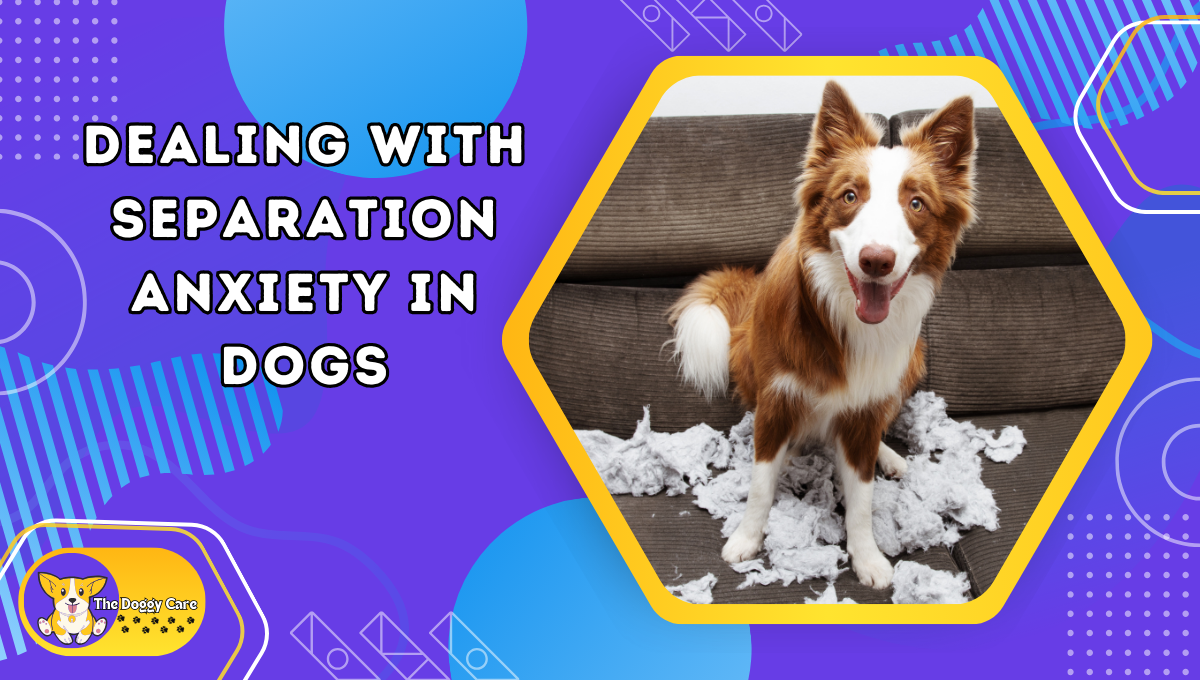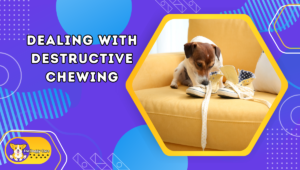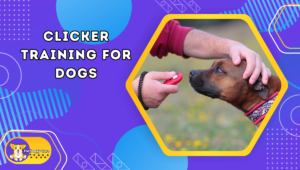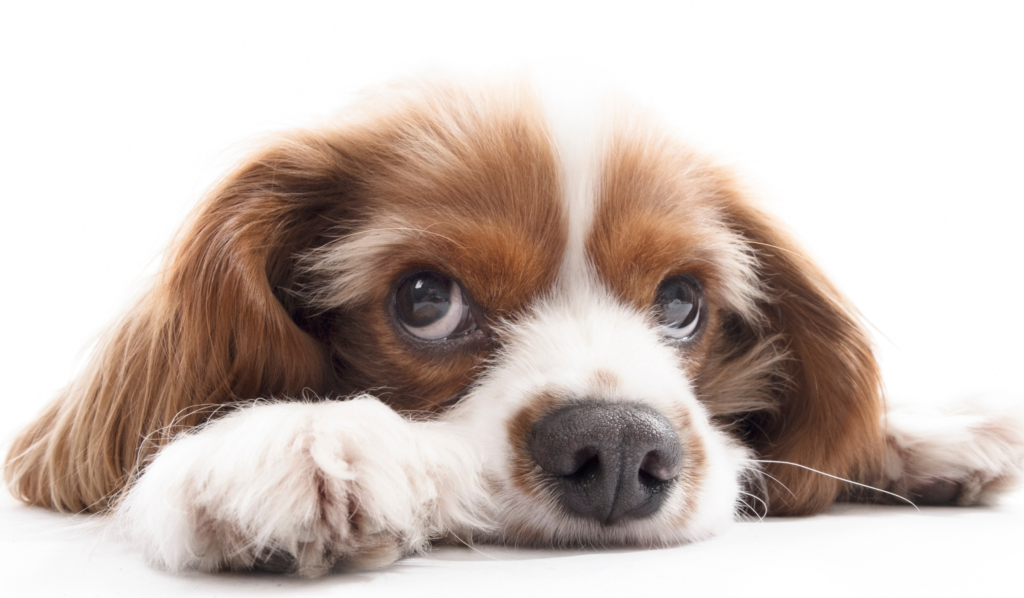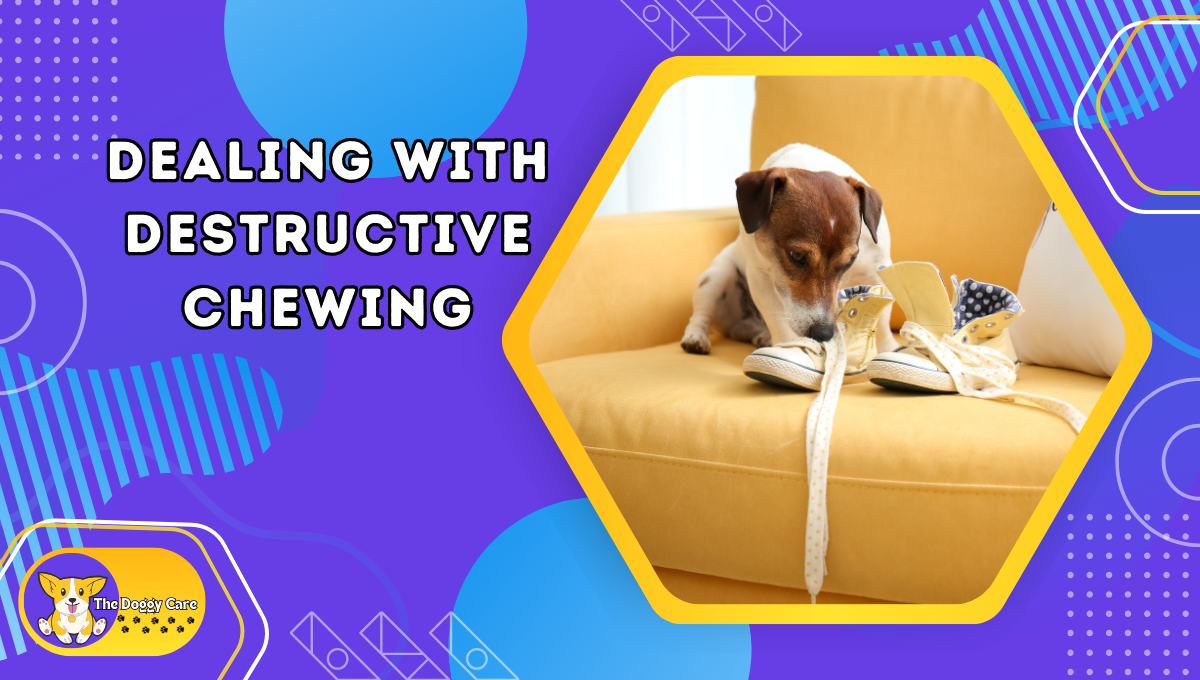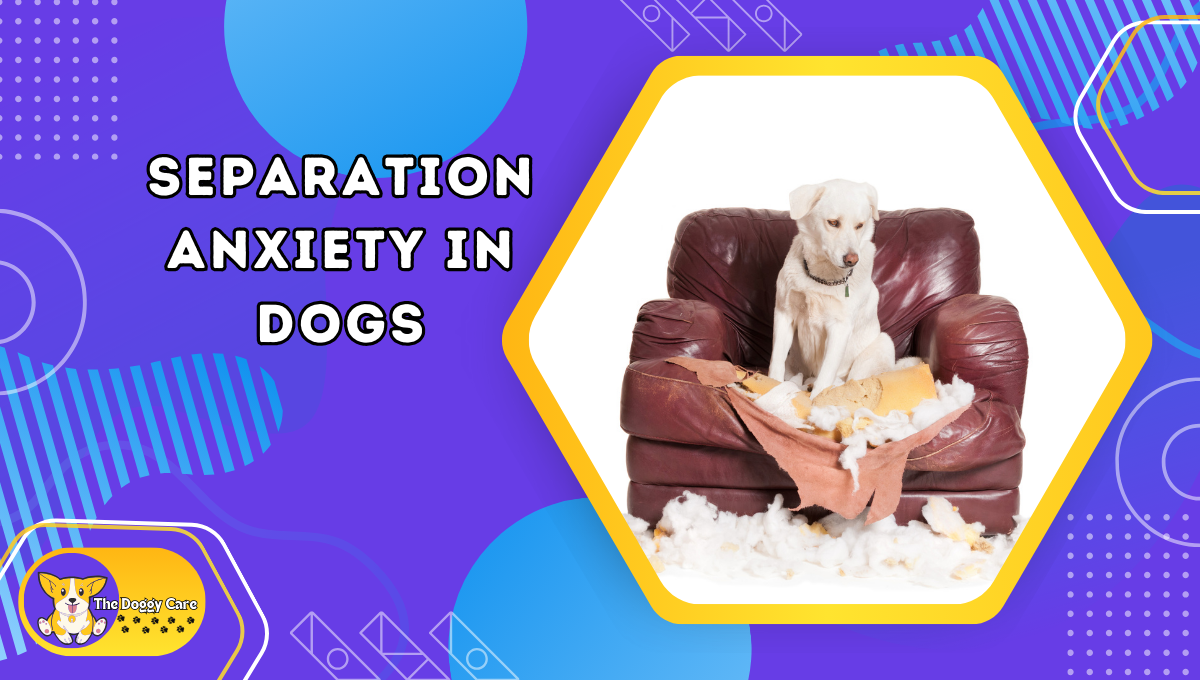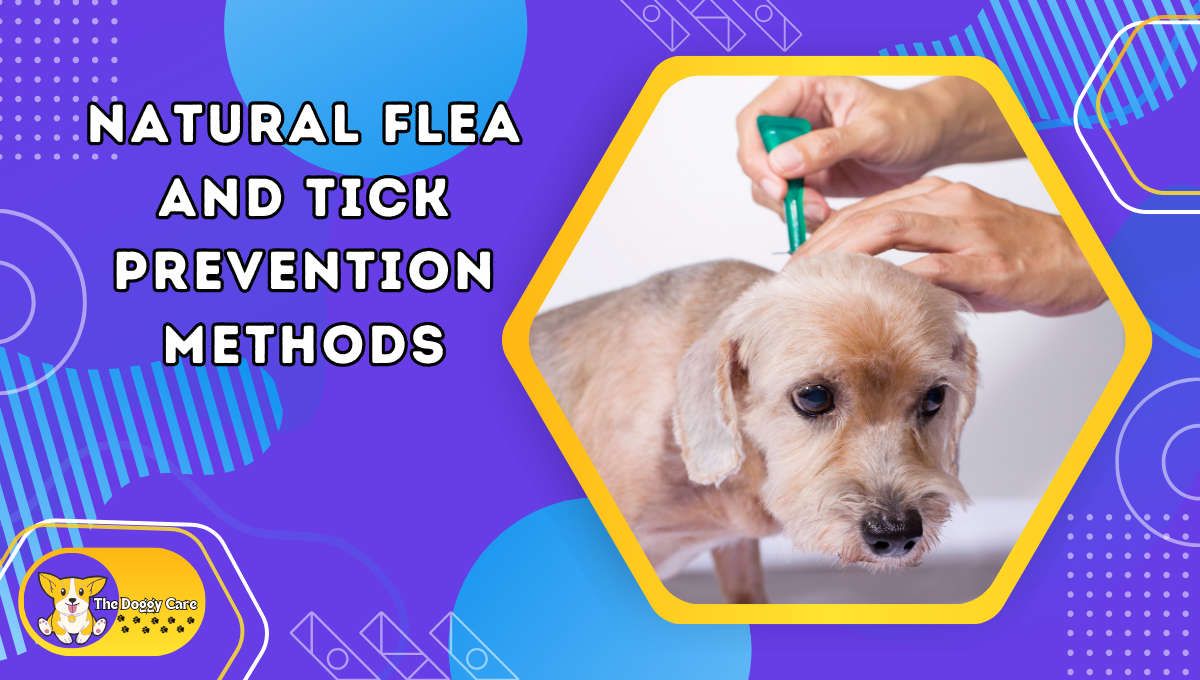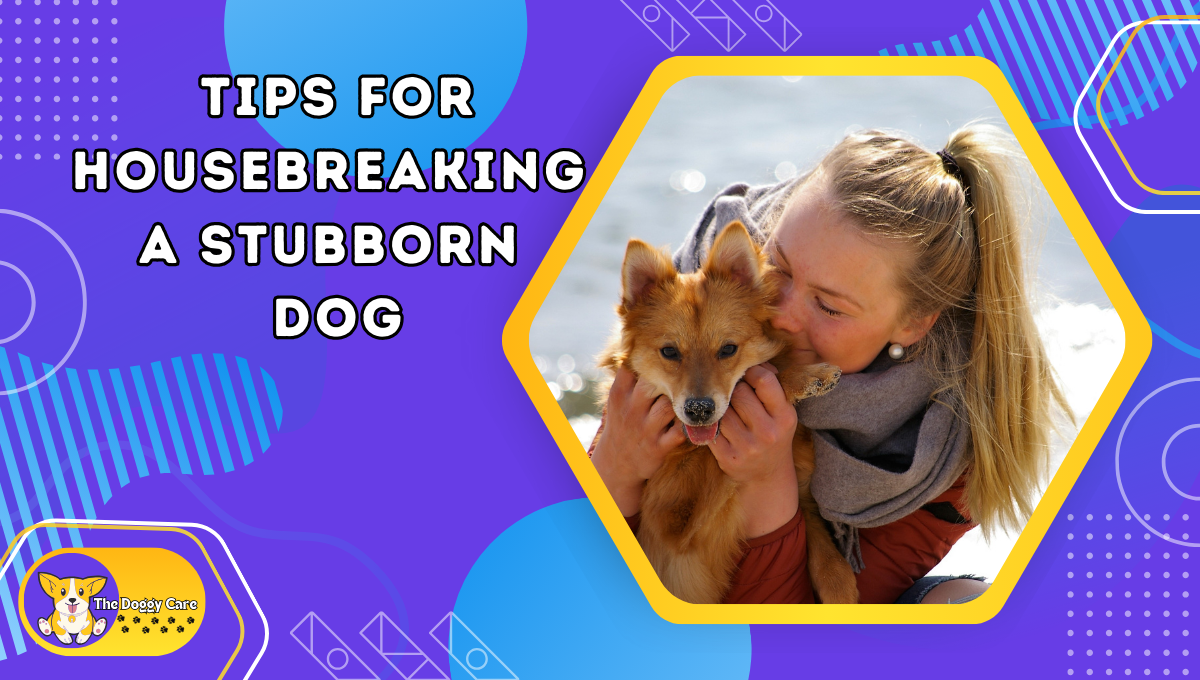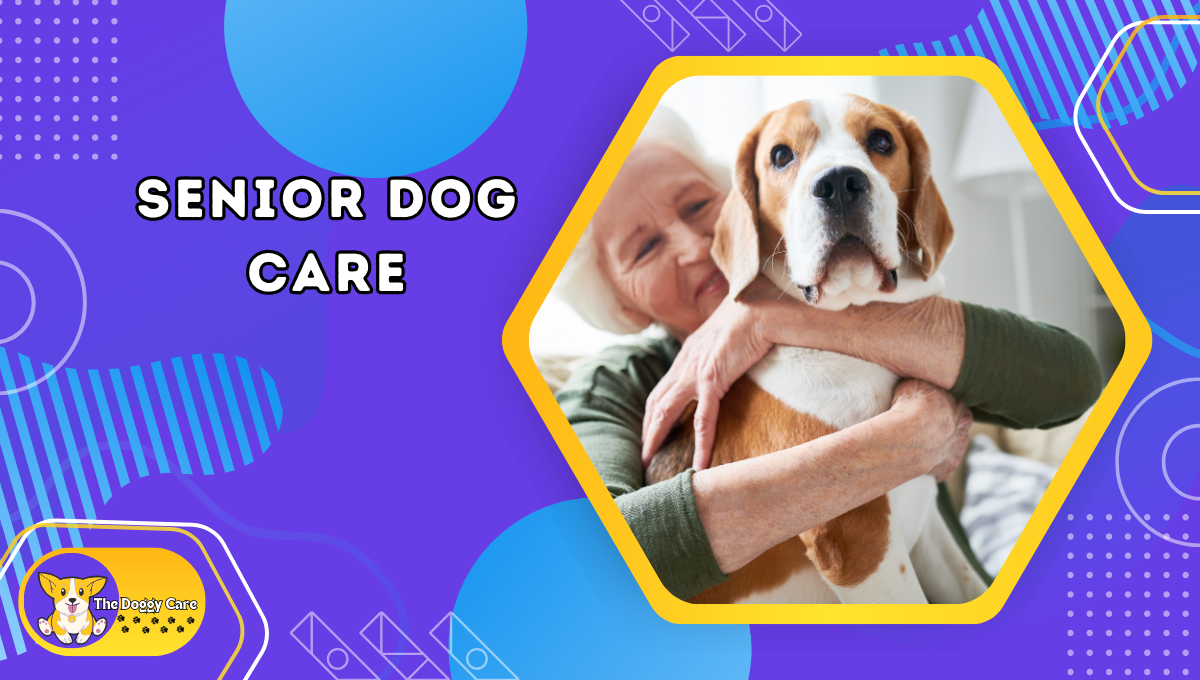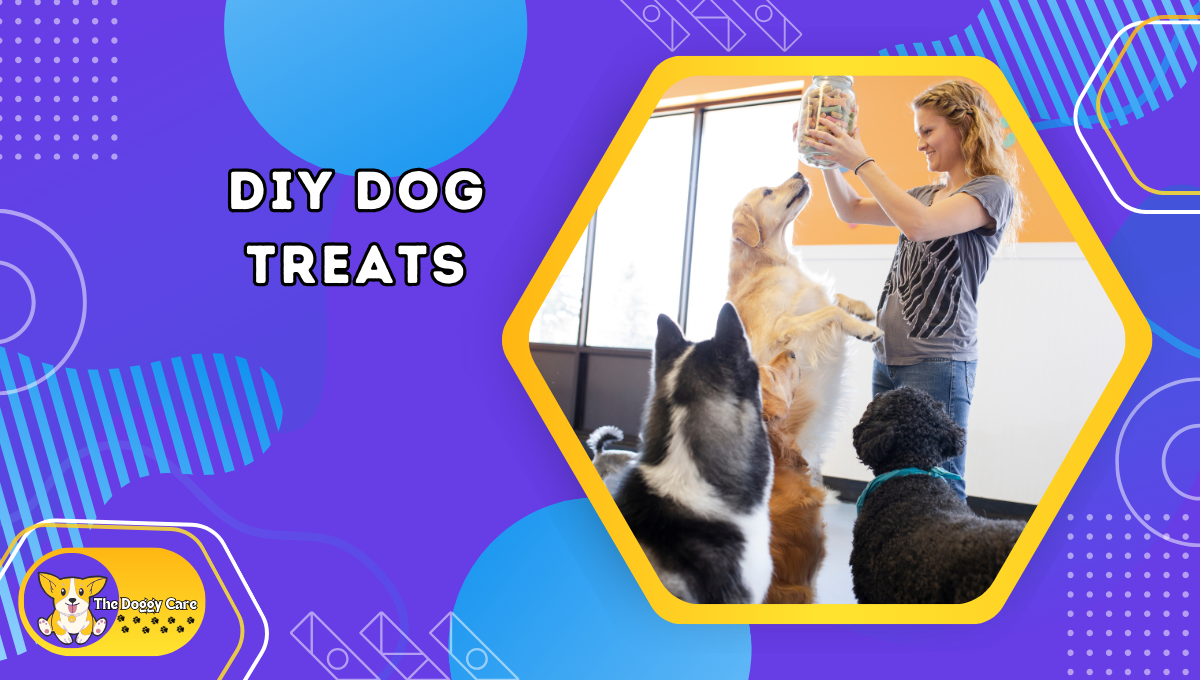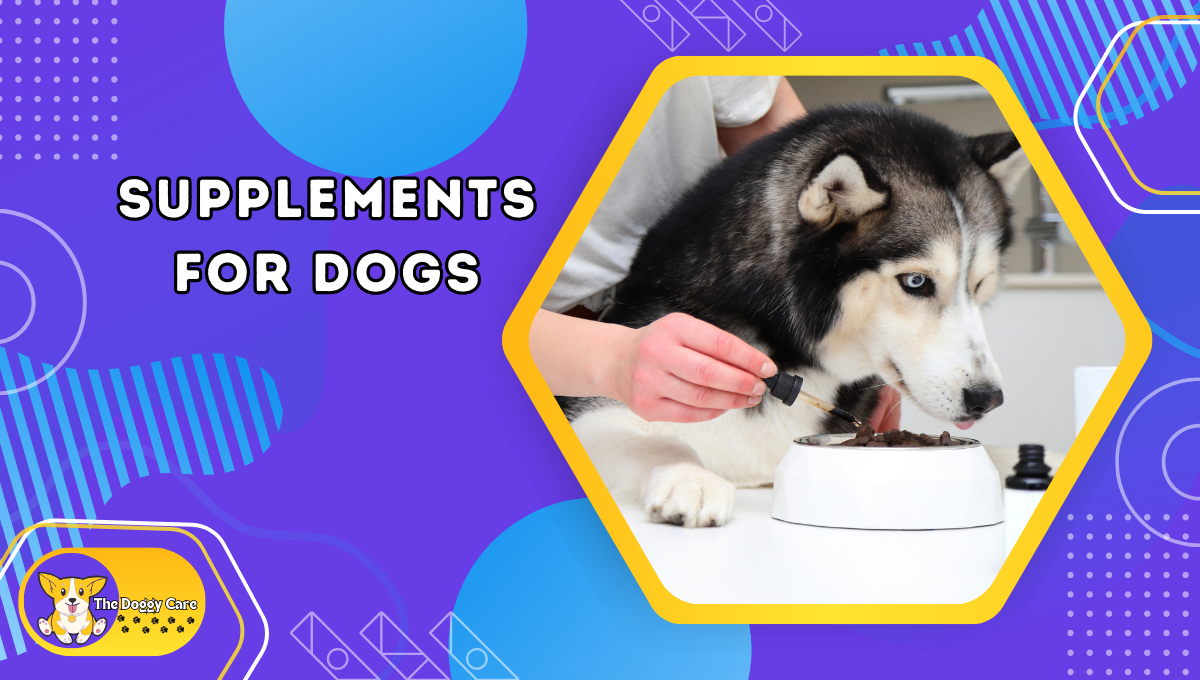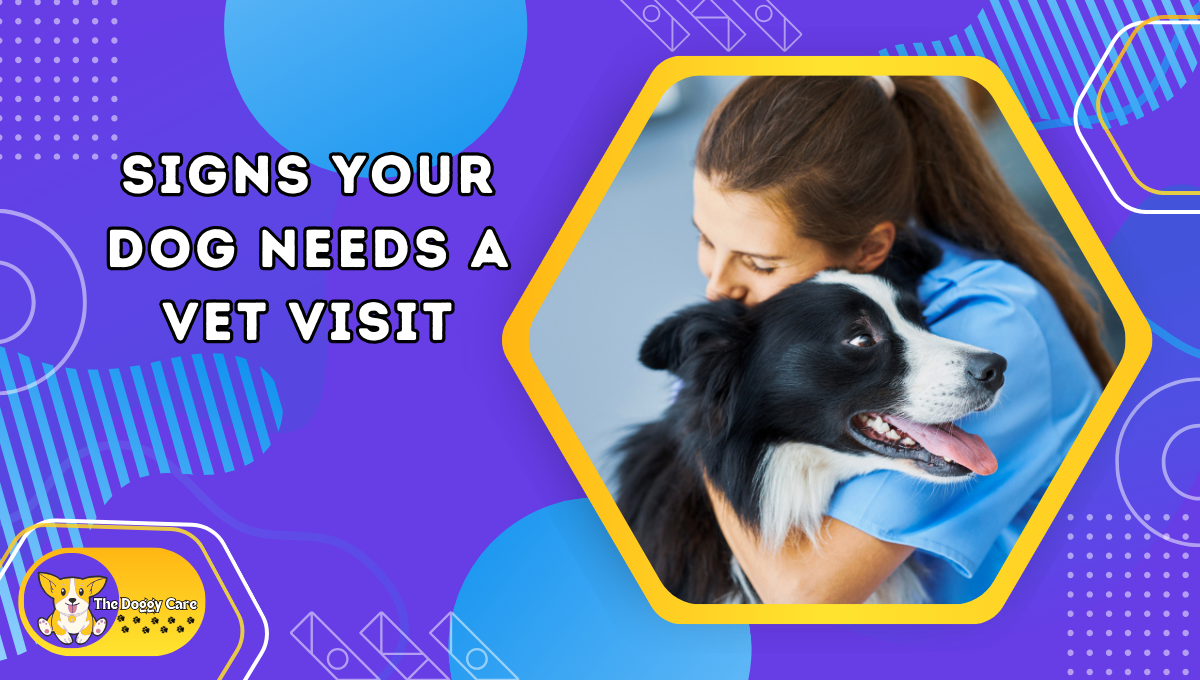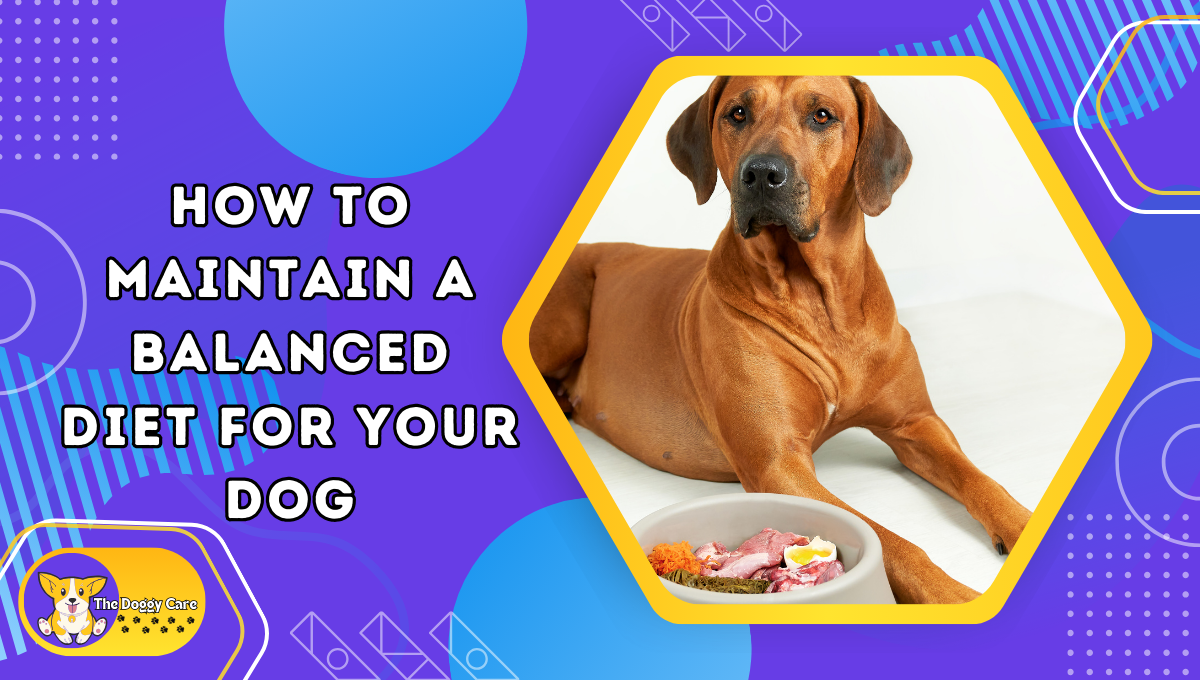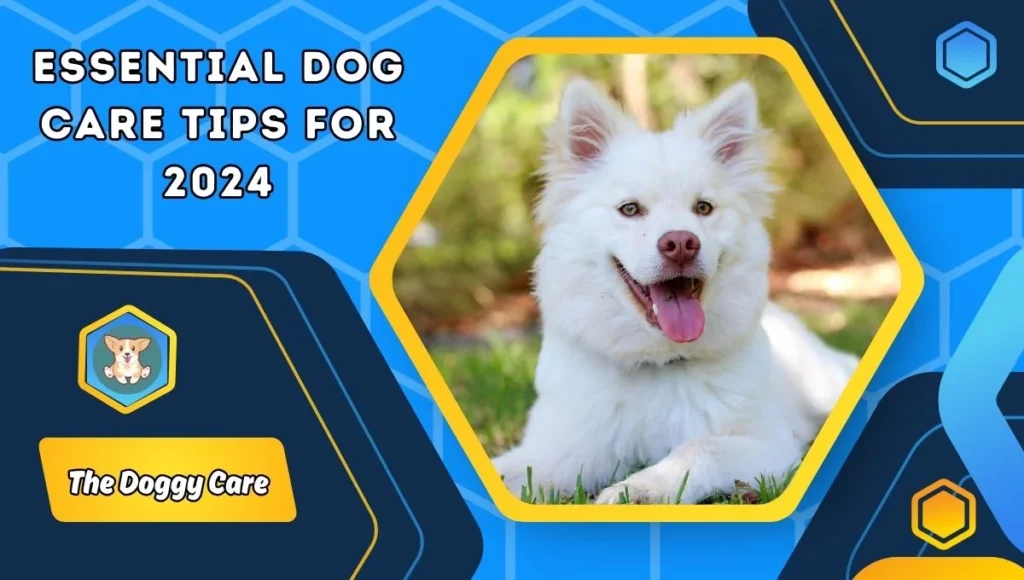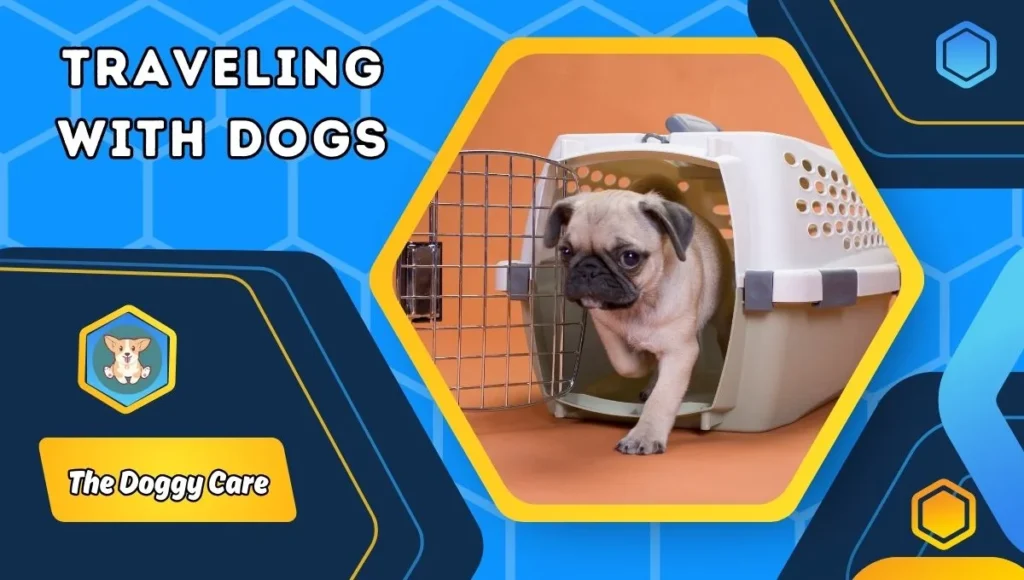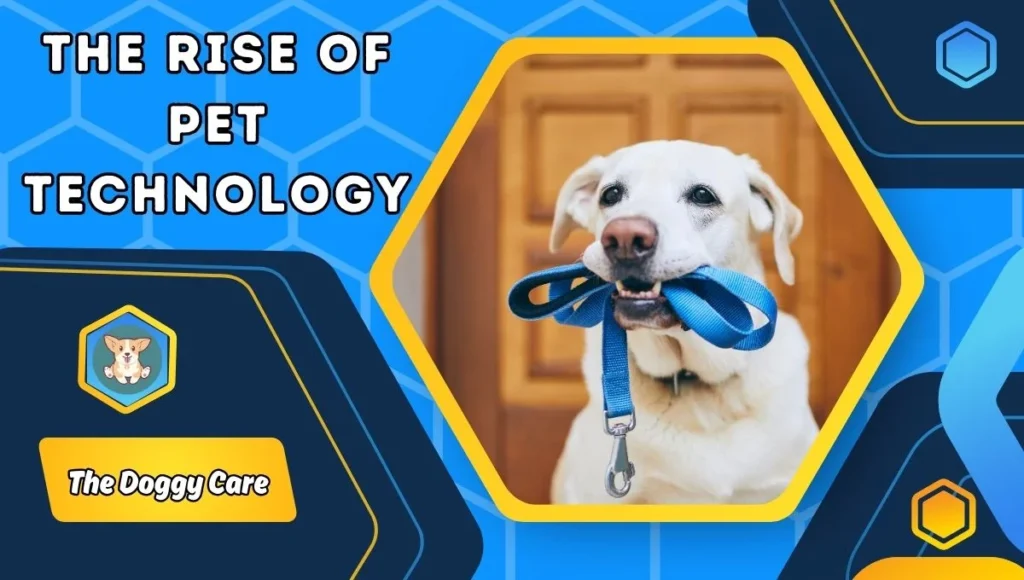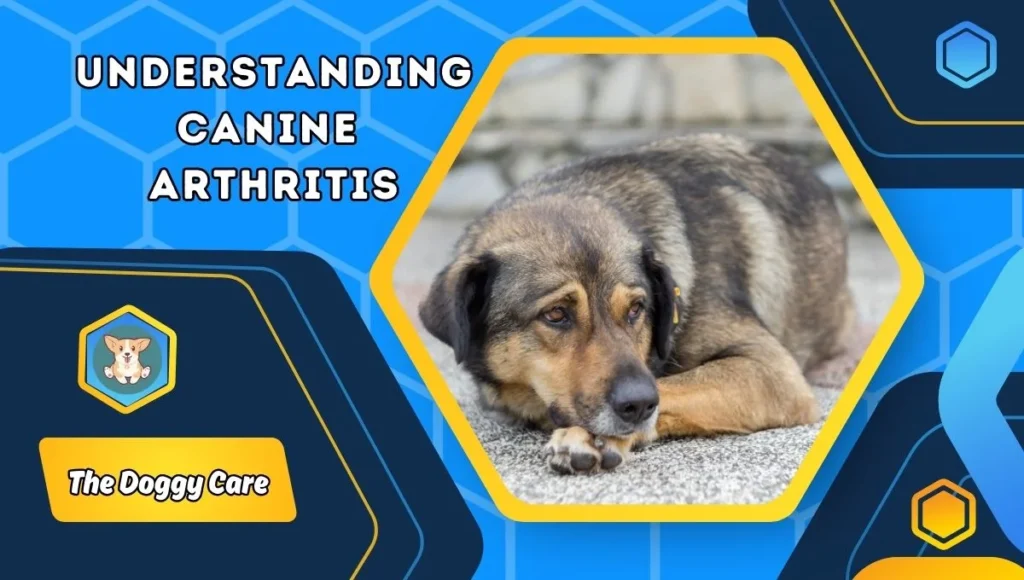Contents
- 1 Dealing with Separation Anxiety in Dogs: Modern Solutions Tips to Keep Your Dog Calm and Comfortable When You’re Away
- 1.1 Understanding Separation Anxiety
- 1.2 Creating a Place of Refuge
- 1.3 Progressive Desensitization
- 1.4 Interactive Toys and Riddles
- 1.5 Steady Routine
- 1.6 Social Training
- 1.7 Utilization of Calming Enhancements and Pheromones
- 1.8 Normal Activity
- 1.9 Innovation and Monitoring
- 1.10 Building Independence
- 1.11 Mindfulness and Expert Counsel
- 1.12 Step-by-Step Manual for Reducing Separation Anxiety
- 1.13 Conclusion and Final Thoughts
Dealing with Separation Anxiety in Dogs: Modern Solutions Tips to Keep Your Dog Calm and Comfortable When You’re Away
Introduction
Separation anxiety in dogs is a predominant issue, affecting roughly 20-40% of dogs in the US as detailed by the American Veterinary Clinical Affiliation. This conduct issue can appear in different ways, including horrendous ways of behaving, exorbitant barking, and fretfulness when let be. Understanding the underlying drivers and implementing compelling systems are fundamental for helping your canine have a solid sense of safety and quiet in your nonappearance. This blog entry will investigate present-day arrangements and tips to oversee separation anxiety in dogs, ensuring they remain blissful and agreeable in any event when you’re nowhere to be found.
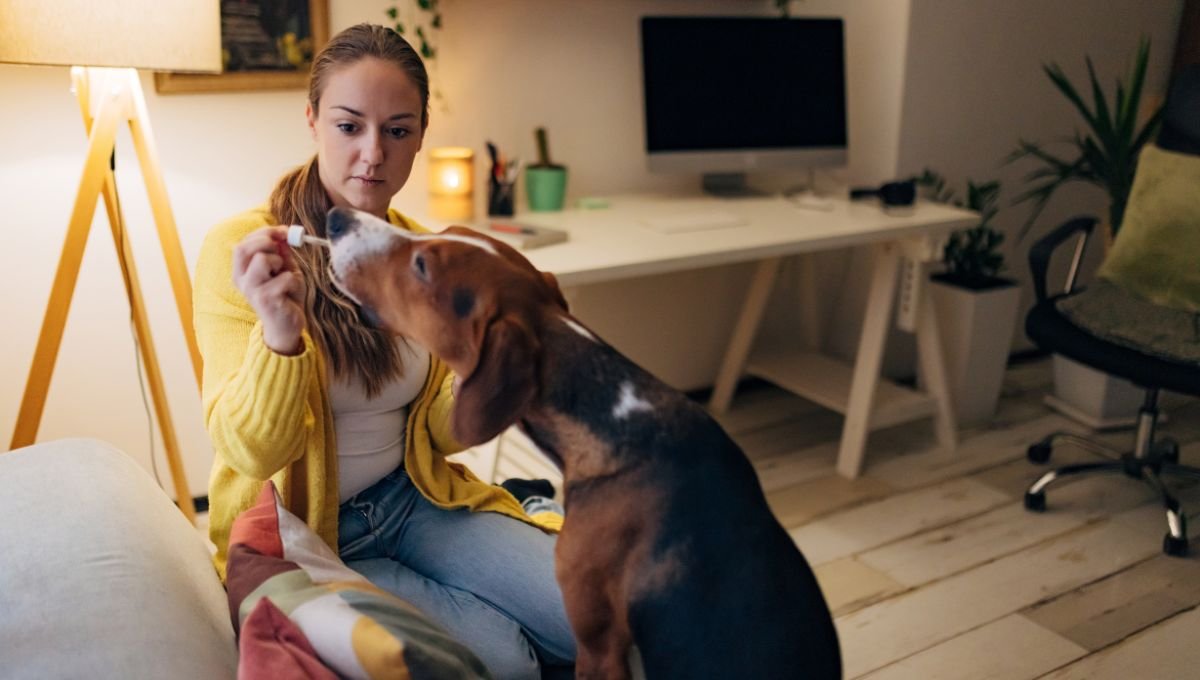
Understanding Separation Anxiety
Separation anxiety in dogs is often established in separation anxiety. Dogs are social animals that structure solid connections to their proprietors. At the point when these bonds are disturbed by separation, anxiety can follow. Side effects include pacing, whining, chewing on inappropriate items, and more serious painful ways of behaving. It’s essential to perceive these signs ahead of schedule to successfully address your canine’s anxiety.
Creating a Place of Refuge
Perhaps the earliest move toward addressing separation anxiety is to make a place of refuge for your canine. This region ought to be a safe place where they partner with positive encounters. You can utilize a particular room or a container, furnished with their most loved toys and solace things like a sweeping that scents like you. This space ought to be a tranquil haven that remains reliable whether you are home or away.
Progressive Desensitization
Progressive desensitization is a central strategy in treating separation anxiety. This cycle involves gradually getting your canine used to being distant from everyone else for brief periods and continuously increasing that time. Begin by leaving your canine alone for only a couple of moments all at once and afterward returning. Over the long haul, broaden the span of your nonappearances. The key is to advance at a rate that your canine is OK with to forestall any misery.
Interactive Toys and Riddles
Engaging your canine’s mind while you are away can likewise lighten the side effects of separation anxiety. Interactive toys and perplexes that challenge their intellect and give a prize can be successful. These toys keep their minds involved and decrease the weariness that can fuel anxiety. Items like treat-dispensing toys or bewildering games empower positive play and concentrate away from your nonappearance.
Steady Routine
Dogs flourish with routine, and an anticipated timetable can fundamentally lessen separation anxiety. Feeding, strolls, recess, and calm time ought to all happen at generally a similar time every day. This consistency assists your canine with the understanding that certain exercises will happen regardless of whether you are there, which can facilitate their anxiety about your takeoff.

Social Training
Social training is one more powerful technique to oversee separation anxiety. Training meetings that emphasize ‘stay’ orders or practicing leaving the room without your canine following can reinforce their independence. Moreover, consider hiring an expert canine trainer who has practical experience in separation anxiety. They can offer more customized techniques and backing through the training system.
Utilization of Calming Enhancements and Pheromones
For certain dogs, calming enhancements and pheromone items can be gainful. These items are intended to copy the normal pheromones that mother dogs discharge to quiet their pups. Diffusers, showers, and collars are accessible and can be utilized to establish a calming climate in your home. Continuously talk with your veterinarian before starting any new enhancement to guarantee it’s fitting for your canine’s wellbeing.
Normal Activity
Sufficient physical and mental activity is vital for dogs with separation anxiety. A drained canine is ordinarily a quiet canine. Guarantee your canine gets a lot of activity before you leave for broadened periods. Exercises like long strolls run, or play meetings can assist with expending energy that could some way or another be coordinated toward restless ways of behaving.
Innovation and Monitoring
Progresses in innovation have made it simpler to screen and interact with your canine from a far distance. Gadgets like pet cameras permit you to watch and try and address your canine using your cell phone. A few cameras have highlights that empower you to administer treats from a distance, providing solace and a little interruption for your canine during the day.
Building Independence
Encouraging independence is fundamental for dogs with separation anxiety. Training your canine to invest energy alone in their place of refuge in any event, when you are home can fabricate their certainty. Utilize uplifting feedback to remunerate them for a quiet way of behaving when they are distant from everyone else, reinforcing that being distant from everyone else is what is going on.
Mindfulness and Expert Counsel
It’s critical to know about the seriousness of your canine’s anxiety. In situations where separation anxiety is serious and essentially influences your canine’s satisfaction, consulting with a veterinarian or a veterinary behaviorist is vital. These experts can evaluate your canine’s condition and suggest treatment choices, which might include medicine related to social strategies.
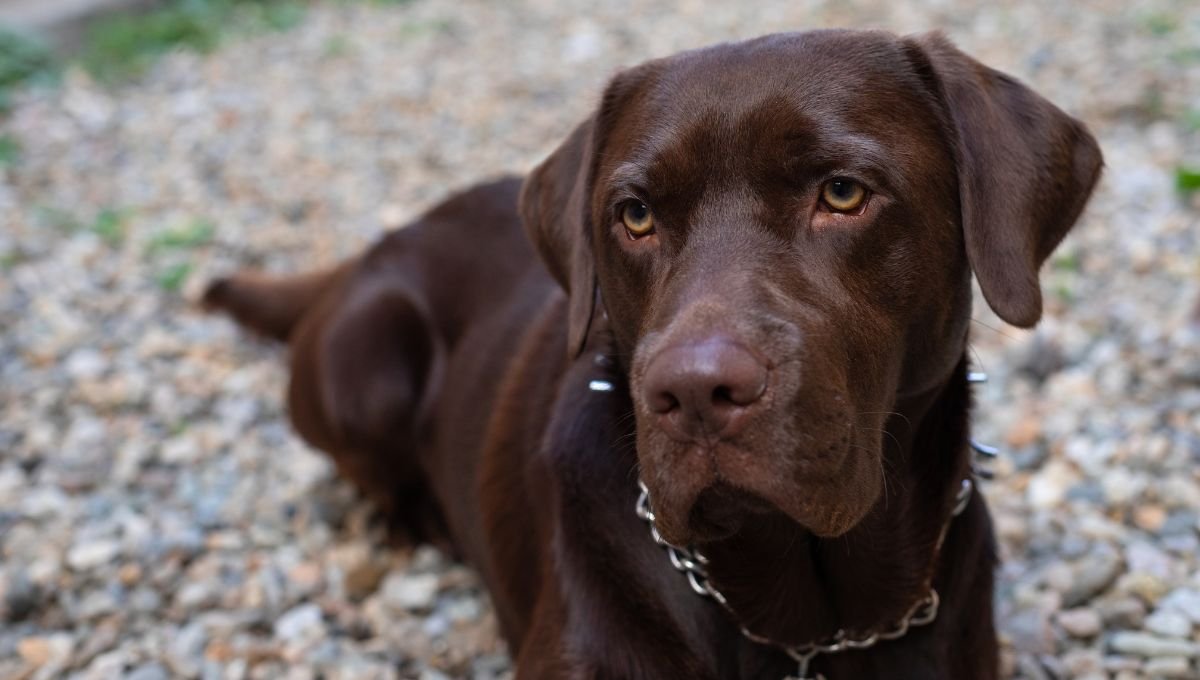
Step-by-Step Manual for Reducing Separation Anxiety
Distinguish Signs: Perceive the side effects of separation anxiety in your canine.
Make a Place of refuge: Lay out a comforting region for your canine to remain while you are away.
Execute Continuous Desensitization: Increase the length that you are away progressively.
Draw in Their Minds: Give interactive toys and riddles to decrease fatigue and stress.
Maintain a Routine: Keep a predictable day-to-day plan.
Go through Conduct Training: Work on training methods that support independence.
Think about Enhancements and Pheromones: Counsel your vet about the utilization of calming items.
Guarantee Sufficient Activity: Consistently work out your canine to consume off overabundance of energy.
Use Innovation: Invest in a pet camera to remotely screen and interact with your canine.
Cultivate Independence: Urge your canine to be open to being separated from everyone else in any event, when you’re home.
By implementing these systems, you can help oversee and at last lessen your canine’s separation anxiety, improving their prosperity and your true serenity while you’re away. Remain tuned for further developed tips and customized guidance on dealing with separation anxiety in dogs.
Conclusion and Final Thoughts
Managing separation anxiety in dogs requires a mix of sympathy, consistency, and tolerance. By understanding the underlying reasons for your canine’s anxiety and applying the procedures outlined, you can fundamentally work on their capacity to adapt when alone. Establishing a place of refuge, maintaining a routine, and incorporating mental feelings are key parts that assist with creating a quiet climate for your restless little guy.
It is essential to recall that each canine is one of a kind, and what works for one may not work for another. Tailoring the methods to accommodate your canine’s particular requirements will yield the best outcomes. Normal activity, social training, and maybe proficient guidance are fundamental for tackling more serious instances of separation anxiety.
To see genuine change, begin implementing these systems today. Predictable exertion after some time is important to assist your canine with overcoming their anxiety. As you work through these means, recollect that the objective is to fabricate your canine’s certainty and independence, ensuring they have a good sense of reassurance even in your nonappearance. We should make each takeoff painless and each gathering upbeat.

